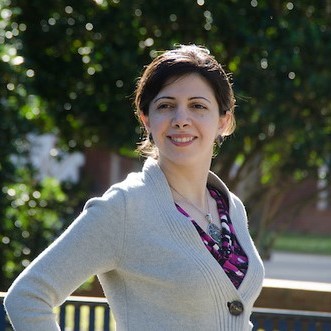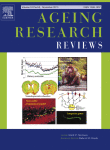Successful aging: advancing the science of physical independence in older adults
The concept of ‘Successful Aging’ has long intrigued the scientific community. Despite this long-standing interest, a consensus definition has proven to be a difficult task, due to the inherent challenge involved in defining such a complex, multi-dimensional phenomenon. The lack of a clear set of defining characteristics for the construct of successful aging has made comparison of findings across studies difficult and has limited advances in aging research. The domain in which consensus on markers of successful aging is furthest developed is the domain of physical functioning. For example, walking speed appears to be an excellent surrogate marker of overall health and predicts the maintenance of physical independence, a cornerstone of successful aging. The purpose of the present article is to provide an overview and discussion of specific health conditions, behavioral factors, and biological mechanisms that mark declining mobility and physical function and promising interventions to counter these effects. With life expectancy continuing to increase in the United States and developed countries throughout the world, there is an increasing public health focus on the maintenance of physical independence among all older adults.


Leave a Reply
You must be logged in to post a comment.